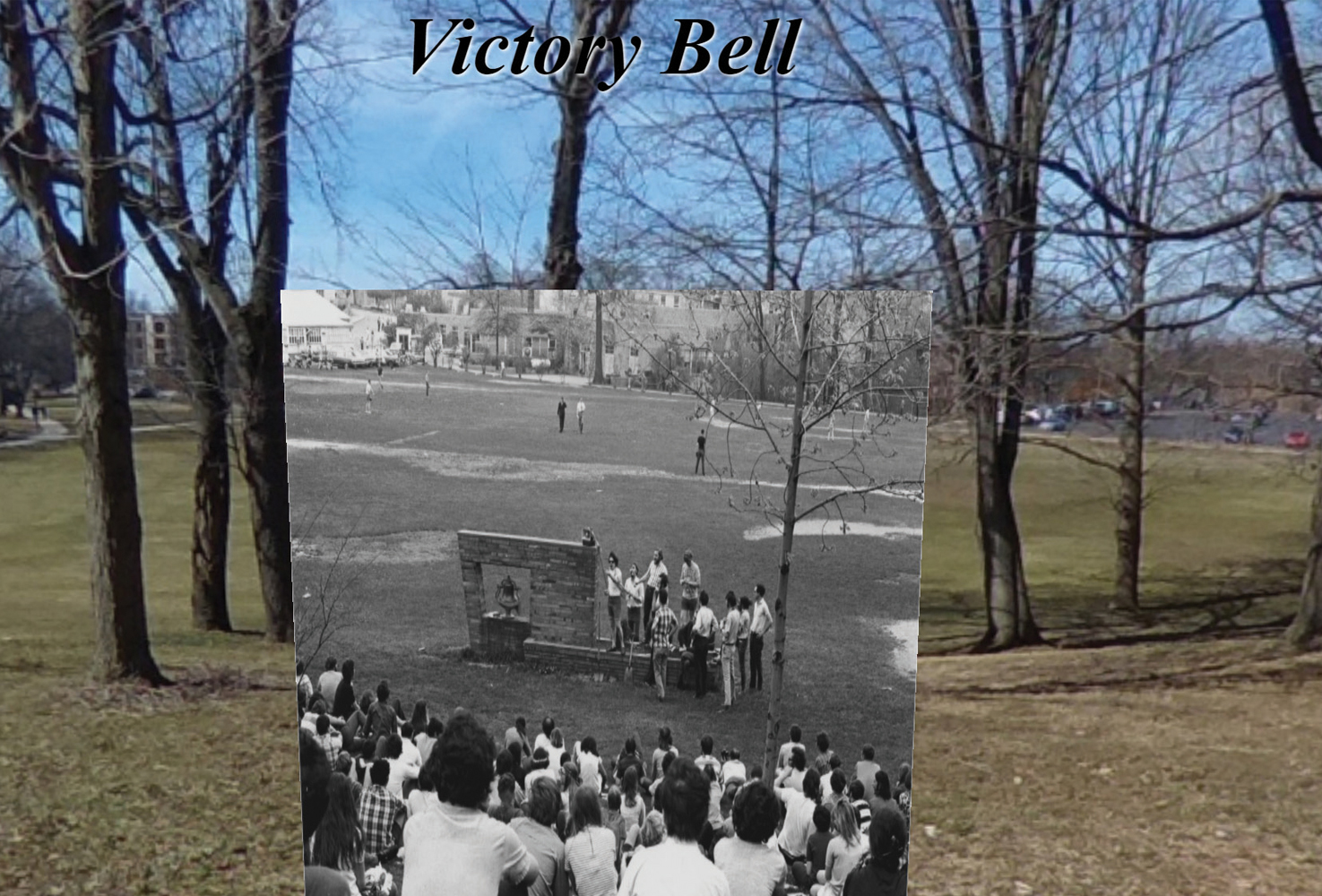
Fifty years after May 4, 1970, an interdisciplinary team from ┬ķČ╣Š½čĪ is working to develop technology that will allow users to look back in time through a computer or mobile device. Users will be able to physically visit locations related to the shootings on the Kent Campus, or view them on a web browser, and see what they looked like 50 years ago.
ŌĆ£The experience we are creating allows users at any location to view the past in the frame of the present through the lens of augmented reality,ŌĆØ says &▓į▓·▓§▒Ķ;ŌĆÖ04, associate professor of biological sciences. ŌĆ£Coupling historical imagery with descriptive audio immerses the viewer in the events of May 4th, prompting reflection to promote healing.ŌĆØ
Clements is part of a team that includes principal investigator Rick Ferdig, PhD, Summit Professor of Learning Technologies and professor of educational technology, along with Enrico Gandolfi, PhD, assistant professor of educational technology, Annette Kratcoski, PhD, director of the Research Center for Educational Technology, and Cheng-Chang Lu, PhD, professor of computer science, as co-investigators.
Project Beginning and Evolution
Coinciding with the 50th commemoration of May 4, 1970, these faculty members received a to launch an on-site and online augmented reality (AR) experience.
With the AR experience, a viewer can enjoy 360-degree views of the Kent Campus, along with the AR components using their mobile phone, a tablet or a laptopŌĆöfrom anywhere in the world.
This project evolution became even more valuable when COVID-19 concerns necessitated the cancellation of May 4 50th Commemoration events. ŌĆ£Little did we know how important this would become for the 50th commemoration,ŌĆØ says Rick Ferdig. ŌĆ£It allows people to ŌĆścome to campusŌĆÖ when we canŌĆÖt physically be together.ŌĆØ
May 4 Augmented Reality Experience
to visit the designated AR hotspots or take a tour that suggests visiting hotspots in a specific order. When users click on a hotspot, they will see a 360-degree view of a place on the Kent Campus.
Using their touchscreen or mouse they can ŌĆ£lookŌĆØ around the scene until they land on the spot with the historic photo overlay. A short audio clip plays, relaying the history of that location in context, and links to other audio and video resources will appear.
In the mobile version, users will visit physical locations on the Kent Campus and, in the application, turn their phone for 360-degree views of the scene.
Immersive and Engaging for Users
There are currently seven AR hotspots; as the project continues, the team hopes to create 15 to 22 total AR hotspots.
Ferdig and his team worked closely with University Libraries to enrich the AR experience with relevant, engaging content.
James Raber, BS ŌĆÖ02, MET ŌĆÖ09, PhD ŌĆÖ20, executive director of educational technology and service management, worked with the team. For his recent doctorate in educational psychology, he based his dissertation around this project and tested it with users.
ŌĆ£The research showed that regardless of userŌĆÖs prior level of AR experience or their affinity towards learning history,ŌĆØ says Ferdig, ŌĆ£their knowledge of the May 4 event and their interest in the topic significantly grew.ŌĆØ
ŌĆöPhil Soencksen, BS ŌĆÖ89